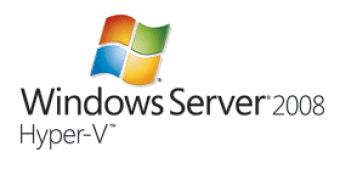Citrix is expanding support for Linux running as Hyper-V guest operating systems. Having acquired XenSource, Citrix Systems continued with the Satori Project, an initiative initially from XenSource / Microsoft, designed to enhance the performance of Xen-ready Linux guest platforms running on the Hyper-V hypervisor. The latest addition to the Satori Project involves the release of drivers aimed for integration with Linux virtual machines and set up to deliver integrated mouse support, reveals Simon Crosby, CTO of the Virtualization and Management Division at Citrix Systems.
“We are now adding an enlightened mouse driver (InputVSC) to offer major usability enhancements for Linux guests on Hyper-V,” Crosby said. “The reason for the delay in releasing this driver is that it requires interaction with part of the USB framework in Linux, for which no GPL exports are available. To workaround this limitation the InputVSC driver code is based on a back-port of the HID driver used in upstream versions of Linux which does have GPL exports. Code linked with the back-ported HID driver also needs to be released as GPL v2, which is what xen.org has now done.”
Without the driver, Linux guest OSes in Hyper-V virtual machines suffer from usability issues because of the way Microsoft's hypervisor handles input devices. This because until now there was no mouse driver support for non-paravirtualized ("unenlightened") guest Linux platforms, or Windows for that matter. However, the experiences are not similar, since Microsoft was already providing enlightened mouse, as well as disk and network drivers for Windows guests. Now the same is valid for Linux, courtesy of Citrix.
“In addition to the Satori hypercall adapter Satori delivered enlightened disk (StorVSC) and network (NetVSC) drivers for Xen-enabled Linux guests on Hyper-V, that interface directly to the I/O Virtualization Stack in the Parent Partition of the hypervisor via the VMBus ABI. This optimizes virtualized I/O for high performance and removes the need for emulation of legacy hardware. Hyper-V VMs are completely compatible with the now free XenServer virtual infrastructure platform as a result of our close attention to driver and virtual hardware compatibility with Microsoft,” Crosby added.

 14 DAY TRIAL //
14 DAY TRIAL //